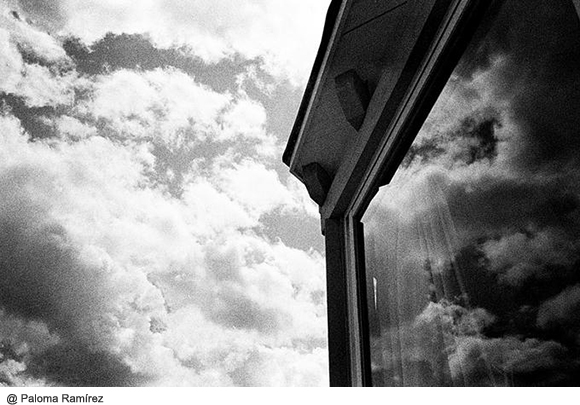Does the intention of the author matter?
© Guillermo Labarca
 Often when we see a photograph (or a painting) we look for the meaning of the work trying to know what the author's intention was, what message he or she intends to convey by using such color, framing, focus and blurring, size and, first of all, the choice of subject.
Often when we see a photograph (or a painting) we look for the meaning of the work trying to know what the author's intention was, what message he or she intends to convey by using such color, framing, focus and blurring, size and, first of all, the choice of subject.
Approach that can be useful to facilitate the analysis of a work but, in my opinion, inconducive to truly know the image that we have in front of us, assuming that it is worth dwelling on it. It is analogous to wanting to explain the behavior of a person by referring to their parents, to look for a paternal or maternal imprint in their actions.
Why this statement? In the first place, because we know little about the intentions of the authors, judging intentions that we do not know or that we only guess at is a bad path, both in relation to art and to the acts of people.
But the most important reason is that an image is significant when it reveals unperceived truths or aspects of reality or when it tells an interesting story or when it establishes a way of looking at reality, that is, when it imposes itself, when its meanings are not defined by external determinations.
I am not denying here the context in which the image is produced nor the medium or support with which it is made known, but these generate meanings on a different level, in which the image is used to achieve objectives, often unrelated to the photo itself. Even when, at times, they add layers of meaning. The presumed intentions of the author are located more properly in this plane.
To clarify, a case: If, for example, we take one of Ansel Adams' photos in Yosemite Park, we see that in the wildest nature there is order and beauty, that inanimate rocks have a dynamism in the landscape. The same happens with water, his photography shows us its energy and dynamism in any of its forms, streams, rivers, clouds, waterfalls, etc. In other words, photography manages to make us see the beauty of nature and makes us aware of its fragility, we know that many of the places portrayed have already perished due to the intervention of human activities. All of that reveals every picture. Other things can also be said about it, those related to the biography of the photographer, the technique used, the historical period in which it was taken and the significance for the history of photography, the aesthetic, political, emotional intentions, or any other of the photographer; all true observations but that do not add anything to the essential meaning of the image, they are veils that can even prevent us from seeing what the photograph really wants us to see.
Images with power are like children, once you let them be in the world they live an independent life, their own life that cannot be reduced to the intentions or characteristics of their authors. Images like this stand alone and they tell us what they have to say.
 Often when we see a photograph (or a painting) we look for the meaning of the work trying to know what the author's intention was, what message he or she intends to convey by using such color, framing, focus and blurring, size and, first of all, the choice of subject.
Often when we see a photograph (or a painting) we look for the meaning of the work trying to know what the author's intention was, what message he or she intends to convey by using such color, framing, focus and blurring, size and, first of all, the choice of subject.
